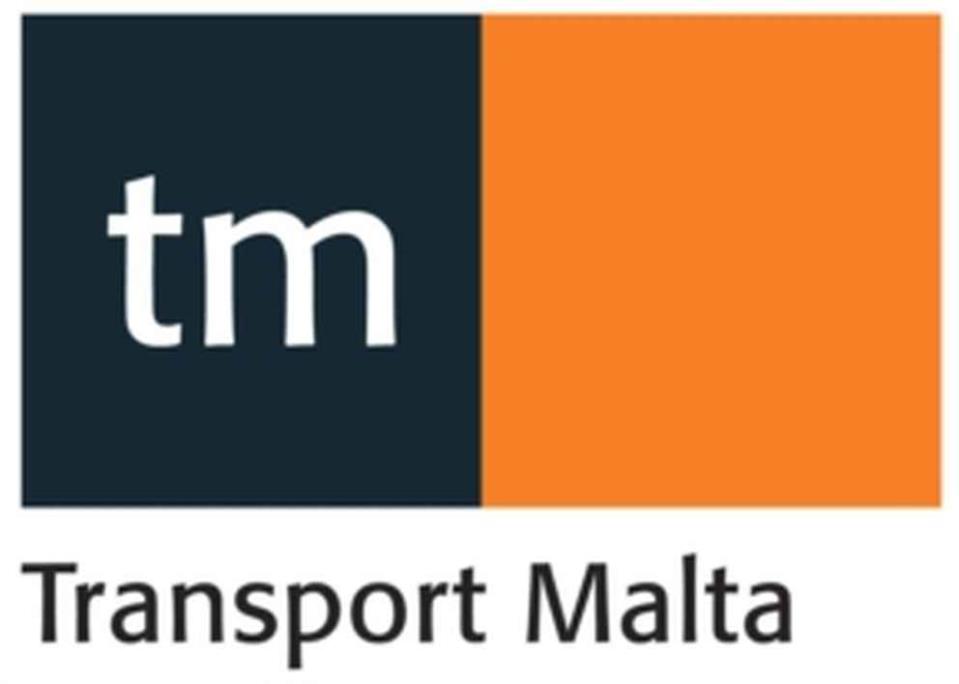The EU 2016 country report for Malta has highlighted delays in Malta’s Transport Action Plan, stating that it was meant to be completed during 2015, while warning that if ex-ante conditionalities are not fulfilled by the end of 2016, the Commission may suspend interim payment to the priorities of the programme concerned.
The report also read that a number of reforms had to be implemented to satisfy ex-ante conditionalities and ensure that the Cohesion policy contributes to an effective delivery of the Europe 2020 objectives and targets. “Reforms in the transport sector are still pending, for which an action plan scheduled to be completed during 2015 is delayed and is now expected to be completed in 2016. Where ex-ante conditionalities are not fulfilled by end 2016, the Commission may suspend interim payment to the priorities of the programme concerned.”
The report also explained that the development of the National Transport Strategy is an ex-ante condition to accessing EU structural and innovation funds (2014-2020) in order to co-fund transport investments. “Nevertheless, while the deadline for completion was set at September 2015, it is now not expected before June 2016.”
Transport Malta (TM) was contacted by this newsroom, and asked why there was a delay, when the strategy and action plan are expected to be complete and about the main priorities for the strategy and the action plan. In response, a TM representative explained that the strategy and plan will soon be published for public consultation, but was unable to give a specific date.

As for the delay, the representative gave the following explanation: “Transport Malta carried out additional traffic surveys and collected additional data used for future traffic forecasting during the development stage of the National Transport Model.”
He explained that the draft National Transport Strategy 2050 sets out the vision and strategic goals for the transport sector over the long term with guiding principles to provide the basis for the sustainable development of each transport sub-sector (road, public transport, maritime and air) over the next programming periods. “The Strategy sets out measurable targets that will help monitor the progress towards achieving the strategic goals and Malta’s international commitments in safety, climate change and decarbonisation of cities.”
“The draft Transport Master Plan 2025 is a 10-year implementation plan which has been based on the quantitative and qualitative identification of issues currently facing each transport sub-sector. The quantification of issues was facilitated using a transport model for the strategic analysis of the supply and demand for transport. The National Transport Model is a traffic simulation tool that has also been used to accurately forecast how Malta’s transport network will perform in the next five and 10 years in terms of levels of traffic congestion, vehicle speeds, journey times, public transport patronage, air quality, safety and greenhouse gases, and changes in transport policy and transport infrastructure provision.”
He explained that the Transport Master Plan 2025 identifies operational objectives for each transport sub-sector and sets out appropriate potential measures to contribute towards achieving these operational objectives. “There are over 100 proposed measures including: studies, infrastructure works, operational improvements, as well as proposed policy, regulatory and institutional changes.”

Prime Minister Joseph Muscat had said, during the PL event held in Castille Square on 1 May, that the government will continue working to improve roads and that an enormous infrastructure plan where all roads in Malta will be repaired and redone is being planned. This would most likely be a part of the strategy.
The EU country report continues to say that compared to the EU average, peak hour congestion constitutes a major problem in Malta. “The authorities have not made sufficient progress in addressing this issue. The costs of congestion are significant (EU average estimated at 1-2 % of GDP, with indications that Malta is at the higher end), which at the same time causes high levels of air pollution, a major cause of environmental and health problems (with consequences in term of worker sickness and increased healthcare costs, in addition to creating impacts on agriculture). Despite the severity of the problem, several issues remain to be further addressed. These include inducing better use of available infrastructure, addressing inefficiencies in public transport and developing of alternative modes of transport.”
It also states that EU-funded investments in the transport sector could provide a strong incentive. “The transport and logistical infrastructure is the most unattractive element of the Maltese environment for foreign investors. Tackling this element is crucial, as investors indicate it to be among the most important factors in choosing an investment destination.”
The country report assesses Malta’s economy in light of the Commission’s Annual Growth Survey published on 26 November 2015. The survey recommends three priorities for the EU's economic and social policy in 2016: re-launching investment, pursuing structural reforms to modernise Member States’ economies, and responsible fiscal policies.

Report describes economic growth as robust, but highlights declining investment
“Economic performance has been robust over the recent years. The economy has demonstrated notable resilience in a challenging macroeconomic environment over the past several years. Real GDP growth recovered relatively quickly following the 2009 recession and in 2015 it exceeded the pre-crisis peak. Household consumption and net exports have been the main engines of growth. One-off, large-scale projects in the energy sector and the finalisation of EU-funded projects boosted investment in 2014-2015, thus also contributing strongly to the expansion of the economy.”
“Real GDP growth is projected to moderate somewhat after 2015, but to remain higher than the long-term average. As a result of the robust economic performance, Malta’s GDP per capita is projected to reach 97% of the EU average in 2017. Risks to the medium-term macroeconomic outlook are broadly balanced. Downside risks related to trade shocks are mitigated by competitiveness gains from the successful completion of ongoing structural reforms.”
“Growth has been job-rich and broad-based. Economic growth has been underpinned by the improved competitiveness of some traditional sectors as well as the emergence of new labour-intensive, export-oriented activities. As a result, the amount of new jobs generated in the post-crisis period is significantly higher than during the boom until 2008. This has been supported by policies targeted in particular towards attracting more women to the labour market. The process of diversification of the economy has reduced its capital and import intensity, contributing to a significant improvement in the external trade balance.”

The report explains that the general government budget deficit has decreased in recent years thanks to strong revenue growth. However, current expenditure has been growing faster than potential growth, which could create problems in case of shocks to tax revenues.
“Primary budgetary surpluses and strong economic growth helped the general government debt-to-GDP ratio to fall. However, moderation in economic growth would make further debt reduction more challenging. Sustainability challenges remain in view of the projected increase in age-related budgetary costs. The limited investor base for the government somehow shields it from volatility on international financial markets. However, it also implies a lack of diversification and significant spill-over risks between different domestic sectors. Maintaining competitiveness to support the current growth momentum is a continuous challenge. The potential of human capital to contribute to economic growth remains to be fully tapped. Notwithstanding significant progress in recent years, labour market activity remains low, in particular among women. Education and training outcomes are still below targets, affecting the quality of labour supply. Furthermore, inefficiencies in network industries, the public administration and the judicial system hinder the business environment.”
“Declining investment reflects the changing structure of the economy but also a still nascent research and innovation framework as well as limited access to finance for some parts of the economy. Overall, some progress has been made in addressing the 2015 country-specific recommendations.”
“Apart from one-off projects, investment has been muted reflecting structural changes in the economy and bottlenecks. Ongoing large-scale projects result in a significant boost to investment over the underlying trend. The increasing importance of less capital-intensive services sectors, however, lowers the investment needs of the economy going forward. Nevertheless, bottlenecks in the public administration, insufficient capacity to innovate and skills mismatches lower Malta’s attractiveness to foreign investors and hamper the ability of businesses to investment.”